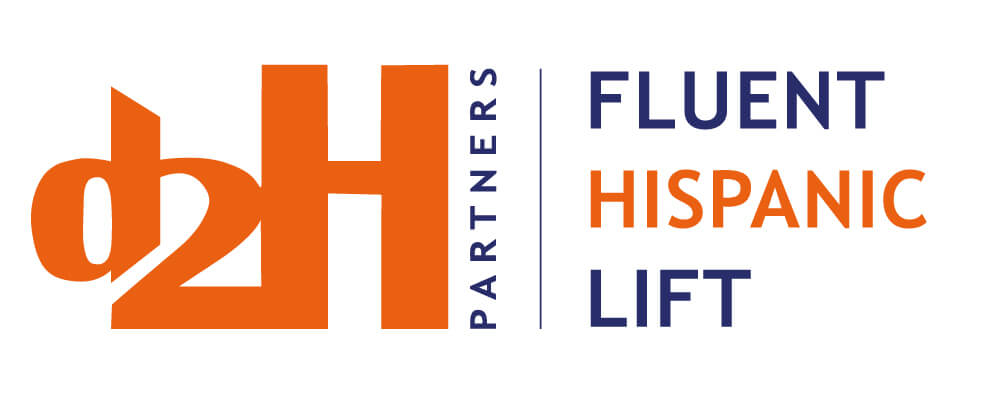The Three Stages of Multicultural Activation
January 27, 2021 – Now that we are well into the 2020s, we may finally be coming to terms with racial and cultural unrest in our society. What is not so clear is what this reckoning – along with upcoming census data – will mean for multicultural marketing in general and Hispanic advertising in particular.
Many corporations have been making well publicized efforts to diversify their workforces in order to better reflect the perspectives of their customer bases. Advertising agencies are following suit. For two decades now they have been making targeted acquisitions of multicultural specialty agencies and boutiques only to begin unbundling them, such as the former Interpublic Group’s Axis Agency and Casanova/McCann.
How will “inclusion” affect our business models?
Given our new president’s renewed focus on social justice – read as “inclusion” – we can most certainly expect what I would call a tectonic tonal shift in mass and social media. Hispanic, Black and Asian influences in pop culture and mainstream media are clearly here to stay. This is the space where we agencies play. Question is, how will a likely more “inclusive” and pluralistic social context affect our business models as multicultural specialists?
The easy answer to all of these questions is that the consumption of any product or service will find its own level. We have already been seeing, by osmosis, much more diverse-looking general market advertising for several years now – mixed marriages, LGBTQ and acculturated Hispanics featured in CPG and D2C campaigns. I can hear the boardroom pitches as I write. Unfortunately, this trend leaves us specialists on the sidelines.
It is one thing for these companies to direct their general market agencies for their advertising to appear to look like the demographics of the country. It is quite another for them to hire marketing agencies who have lived the experiences of the market.
To answer the question posed above – this is exactly where we come in. We’re not here to wait for the market to find its level. Our reason for being is to leverage our multicultural communities to create competitive advantages, now, for our clients’ products or services. We do this by expertly welcoming and connecting with the country’s growing hyphen-American aspirants, in their language and culture.
To this end, I would argue that our role as multicultural marketing specialists is to help facilitate the acculturation of our respective market segments. Another way to look at this role is to help our clients through what I will call the “three stages of multicultural activation.” Most D2C brands purport to be life-changing and many in fact are. Multicultural consumers aspire to acquire any given brand as much as any other consumer. Why should language and group identity be barriers to acculturation when the consumption of products and services serve as organic and powerful, albeit capitalistic, stepping-stones to integration in America.
There are three forces driving the imperative for multicultural advertising and how to approach it – demographics, demographics and demographics. But not all demographics are created equal. You decide which optimizes the reality of your addressable market and maximizes the growth of your business.
The Passive-Aggressive Stage – Good – Population Demographics
- The faces we see on general market screens are beginning to reflect acculturated and bi-cultural consumers. This common approach addresses the metrics, but not the plurality, of the non-white cultures driving business growth today; and for the last twenty years for that matter. This first stage of multicultural activation focuses on archetypical visual physical traits and social occasions but tokenizes the effort by leaving it at that.
The Total Market Approach – Better – Multi-Generational Demographics
- Transcreated advertising addresses biculturals, bilinguals and the partially acculturated. This second stage of multicultural activation comes closer to balancing race, ethnicity and generational dynamics. However, it is still driven by mainstream messaging platforms and aims to increase the metrics of impressions but not necessarily behavioral impact.
The Fluent Approach – Best – Multicultural Demographics
- Fluent advertising also addresses biculturals and bilinguals but aims to generate full comprehension among the unacculturated. This approach is grounded in cultural, not mainstream, passion points. Fluency addresses cultural dualities and leverages our tendency to code-switch. Fluent advertising engages in cultural listening and aims to make an authentic connection beyond an impression. The end-game of this third stage is to enculturate your messaging rather than expect or force viewers to assimilate.
Don’t get me wrong. As a multicultural consumer myself, I welcome the initiative of many brands to reflect the demographics of our society, at any stage, when I watch English-language television. This is a welcome reaction to demographic trends (please refer to our infographic on this topic); but it is hardly enough. Are these brands also active and present in Spanish? And what are they saying to me when I watch my Spanish-language content?
For more discussion about the New Multicultural Attitude check out the infographic in our APPROACH section on our website, d2hispanic.com
Marcelino Miyares, Jr – Managing Partner – D2H Partners, LLC – 2021
About d2H Partners – Los Angeles based full-service Hispanic Advertising Agency focused on D2C and B2B Spanish language campaigns targeting immigrant, first-generation and “billenial” Hispanics. d2H specializes in creating, adapting, and delivering targeted messages to Latinos to profitably enculturate your message, media and metrics.
